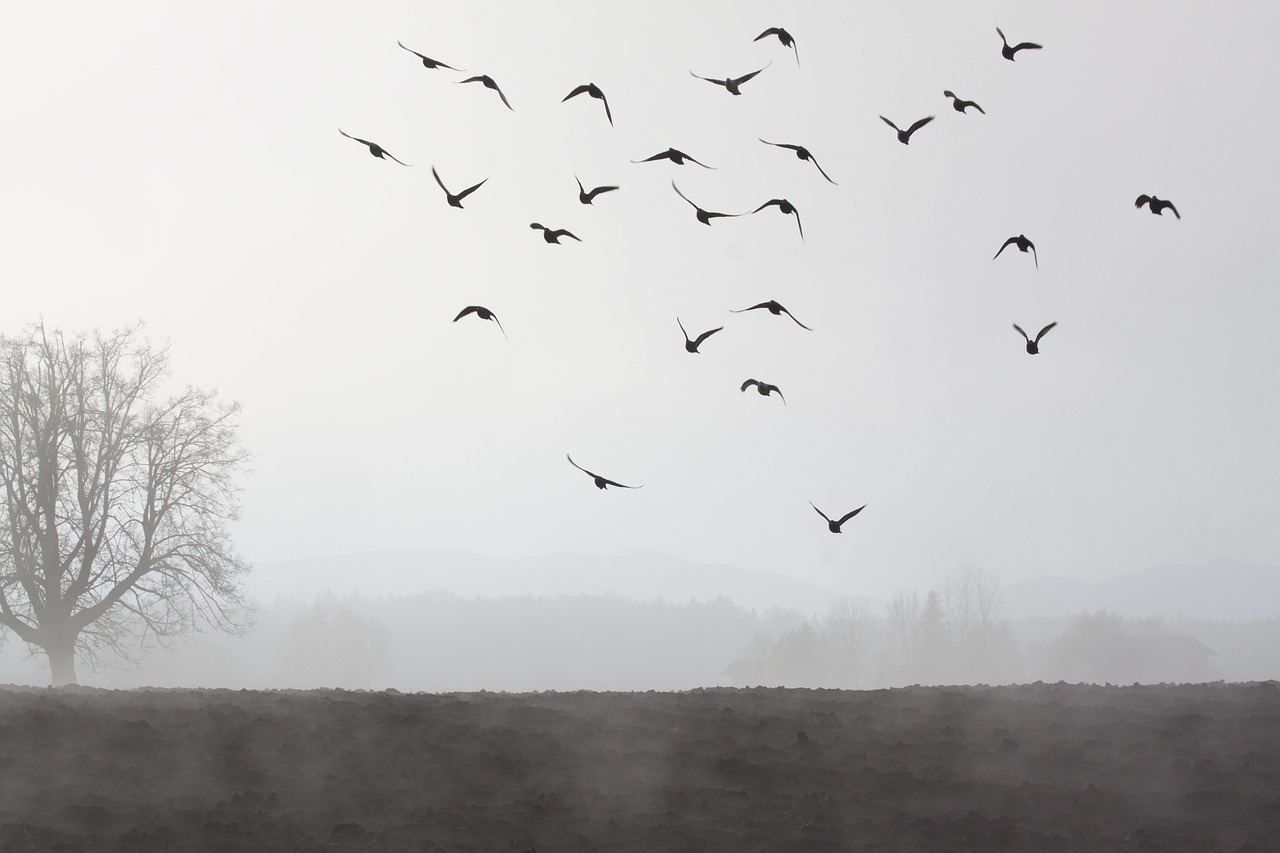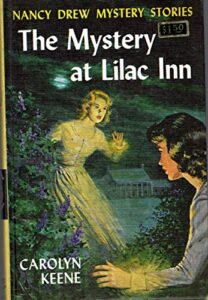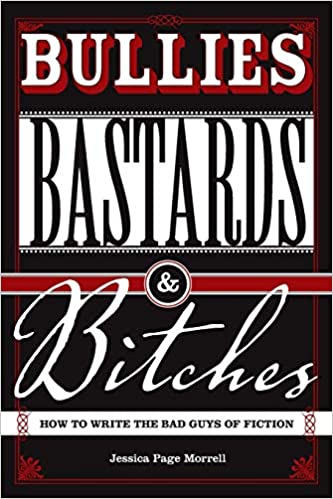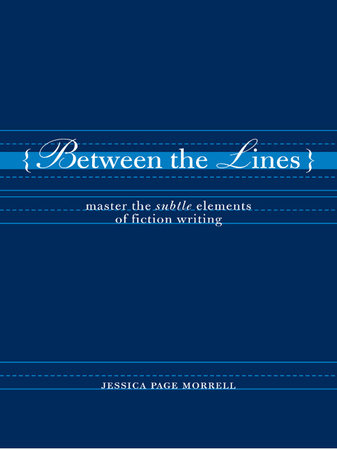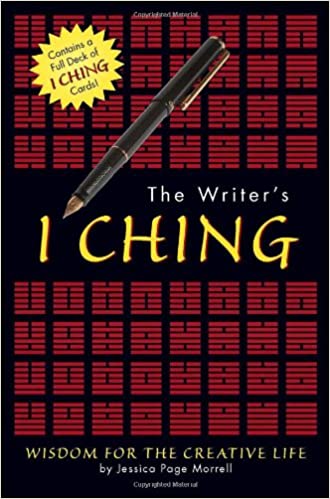It’s still dark outside my windows, but we’re expecting a fine day in the Pacific Northwest. My family is celebrating Thanksgiving on Saturday so I’m relaxed–and I’ve already cooked a turkey dinner and gave most of it away. In fact, I’m a bit turkeyed out and might eat salmon for dinner.
I woke up recalling all the writers I’m grateful for–the ones who shone a light during my growing-up years like Louise Alcott who gave me the March sisters and the thousands of authors I’ve encountered through their stories. Like many of you, mine has been a lifetime deeply enriched by stories and explorations and shared learning. Almost daily I’m entranced by encountering new writers who inspire and delight.
Humankind needs stories, the heart-to-heart meetings that happen over a shared meal, or during a walk or gathering. Those that happen on a page endure, and in our sometimes-dark times, the written word is only becoming more vital and life giving.
Yet another reason it’s never been a better time to be a writer.
But mostly I want to give thanks for all the writers I’ve met in real life since I joined the writing community. The hobbyists and professionals, the ones I broke bread with, the ones who attended my classes, workshops, and conferences. The many writers I met teaching and mentoring at conferences sponsored by organizations. Thanks for the question-and-answer sessions, the feedback, the hallway meetings, and shared laughter.
I’m especially grateful for working relationships with authors I’ve collaborated with for years–the careers that were launched, the stories I helped them improve and polish and were then read by hundreds of thousands. It’s always a thrill when their books appear in print.
Sincere thanks to the dear hearts who supported my sometimes-ailing spirit, and the ones who forced me to learn.
Thanks too for the writers who have contacted me to tell me what my books have meant to them and helped them become better writers. And thanks to the ones who struggled and who inspired my books.
Stories connect us. Stories hold us up. Stories help us see the real world and the world that ought to be.
I’m deeply grateful that I’m still learning at a great pace through reading and working with writers.
Don’t know about you, but I’ve been stockpiling of books for the winter–one stack is growing on my bedside table. But there are piles all over this place, with some including beloved characters I need to revisit. And then there are the books I’m tucking away to give at Christmas. Because I always give books as holiday and birthday gifts, as well as jut-because gifts, don’t you?
Wishing you many, many reasons to be grateful.
Thanks for stopping by. Keep writing, keep dreaming, have heart.




